From Port Townsend, the Pacific Northwest Trail enters its final stage across the Olympic Peninsula on its way to the Pacific Ocean. Much of this remaining section on the trail is spent in Olympic National Park. The terrain is truly spectacular with an ecosystem that varies from the drier forests on the eastern side of the peninsula to the high alpine section with stunning mountain lakes. The trail then descends again into the forests, this time temperate rain forest, before reaching the ocean. Traveling through the national park also means following restrictions on food storage and proper permitting for campgrounds, protocol that is all that much more important in Olympic National Park because of its large black bear population and the number of visitors that come to the Olympics in the summer months.
The first leg of the trip across the Olympic Peninsula starts with a road walk down Highway 20 out of Port Townsend and then a few miles along Highway 101. The road follows Discovery Bay and feels a lot like the last few days crossing the Puget Sound. Once the trail picks back up, the route begins to climb in elevation and quickly leaves the coastal setting behind. Note that there is an alternate route that follows Hurricane Ridge to the north of the main PNT route. Although this route is shorter, it includes more road travel and will be more crowded.
Since thru-hikers on the PNT won't pass through a visitor center in Olympic National Park until reaching Hurricane Ridge, coordinating permits should be done by phone with the National Park Service staff ahead of time. In general, reservations are only accepted for areas with a limited visitor quota 72 hours in advance of the start of a trip, but certain exceptions are made for PNT hikers. Visitors in Olympic National Park also must use a solid bear canister. Ursacks, loved for their lighter weight, are not approved for use in the national park, especially considering how easily animals such as fishers or raccoons can compromise their fabric and get into the contents inside. Given the exceptions National Park Service rangers make for PNT thru-hikers, extending them the courtesy to follow the park's rules goes a long way to making sure future thru-hikers have a great support team when traversing the national parks along the trail.
The trail in the northeastern quadrant of Olympic National Park continues up and down over mountain passes and rugged terrain. The first climb to Mount Zion rises over 4,000 feet in just 10 miles, and the trail stays in the higher elevations of the Olympic Mountains for the next few days as it crosses over Constance Pass and Hayden Pass. The highest point is just below 6,000 feet, and the lowest elevation you'll reach is still above 2,000 feet. The Olympic Peninsula is one of the rainiest places in North America. Rainstorms are not unexpected even in summer months, and it's a matter of luck if it rains on you or stays dry for the duration of you hike. Be prepared for a few days of hiking and camping in the rain.
From Hayden Pass the trail again descends, and after 10 miles it links up with the Elwha River Trail. Consider taking the trail at Whiskey Bend Trailhead to the Hurricane Ridge Visitor Center, featuring one of the more popular vistas in Olympic National Park. From Hurricane Ridge it is also an easy hitchhike into Port Angeles. Every car that comes to the visitor center must pass through Port Angeles along the way. There is also another ranger station where the Elwha River Trail meets up with the paved road 4.3 miles further along from the Whiskey Bend Trailhead. Hitchhiking to Port Angeles is also a possibility from here, albeit slightly more difficult because not all of the traffic is heading to town.
Port Angeles is a large town and an important resupply point before continuing on the next leg through Olympic National Park to Forks, Washington. Hikers should stop by the Olympic National Park Wilderness Information Center when in town to make sure permits for the next segment of the journey are in place and to review the park requirements with the rangers. Hikers who want to stay in town but save the cost of a hotel room can try to get a spot at the ToadLily House International Youth Hostel. Alternatively, if you are confident you can get a ride back to camp, the Elwha and Altair campgrounds are both at the start of the next segment of the trail. The Clallam Transit Service also has public buses that go very close to these campgrounds and run from 6 a.m. to 8 p.m.
For additional details, refer to the following PNT sections:


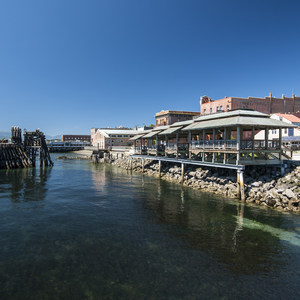
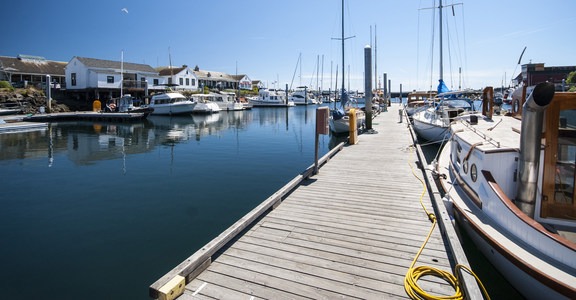
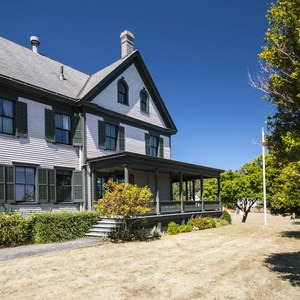
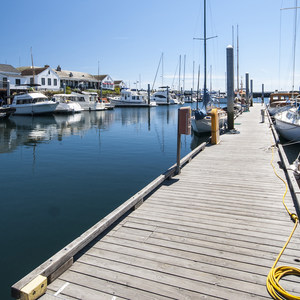

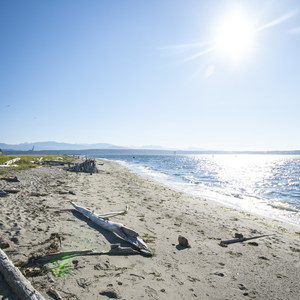



Comments
Sign In and share them.